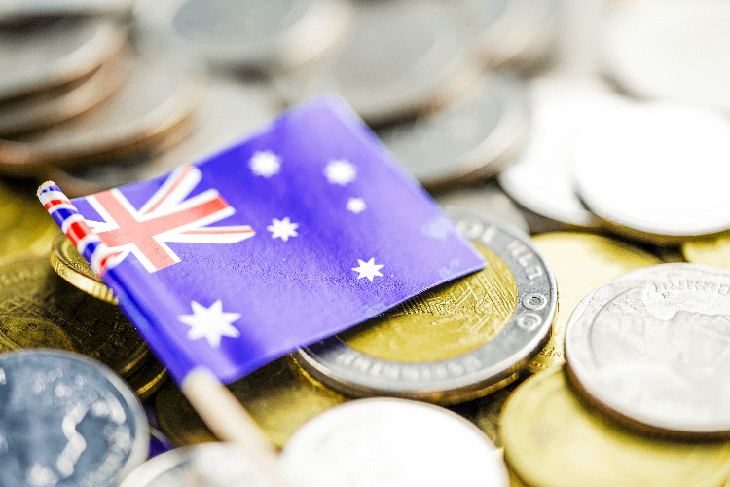Australian Economy post Coronavirus Crisis:
Towards the end of 2019, the World Health Organization (WHO) received reports of a novel virus against a backdrop of pneumonia cases in a city found in the Eastern China-Wuhan. Something that began as an epidemic in a limited region in China has transformed to be a truly global pandemic (Zhuet al. 2020). Statistics given by John Hopkins University on Covid-19 dashboard indicates that confirmed cases are more than 343,421 with 14,790 deaths. The disease has spread in more than 150 countries with China, Italy, and Spain bearing the most cases (Covid-19 dashboard March 24, 2020). On March 11, 2020, in official communication, WHO declared Covid-19 outburst a pandemic leading to a global crisis. In Australia, the first infection was reported on January 25, 2020 and the number of infected persons has been rising everyday spinning the economic situation into a crisis. It has delivered a huge blow to Australia’s economy particularly the hospitality industry, with cafes, restaurants, tourist attraction sites and airlines deprived of cash and customers due to a raft of measures to mitigate the situation. According to KPMG-an advisory firm, the country’s economy could take almost a decade to bounce back. This article therefore examines the Australian economy after the covid-19 crises. Consequences of covid-19 outbreakThe implication of the covid-19 outburst is expected to be long and deep due to the Australian economy despite being cushioned by Federal government to a tune of $17.6 billion stimulus. The modeling carried out by KPMG raised alarm of a possible full brown global economic calamity, a situation that is not imminent but very real in public health sector and has spilled over to other economies across the affected countries. The KPMG report predicts that the economic damage is expected to continue and there is possibility to escalate in intensity.
The best case situation expected from the emergency stimulus provided is for the economic growth to decline by 0.9% in 2020 before slowly recovering in 2021. Estimations by KPMG show that businesses will not be able to operate at capacity and will not receive orders (KPMG report 2020).According to Ben Udy an economist with Capital Economics, the state of Australian economy was not performing well before the covid-19 outbreak. Unemployment rate for instance has been improving slightly from 4.9% (February 2019) to 5.3 % (2020). On households, things have not forthcoming since incomes were stagnating. Since the last quarter of 2014, the average real disposable income reduced from $50,325 to $50, 063 for Australian households.
The household consumption sector has also been performing dismally, sliding downward since the second quarter of 2018 where it grew by 3% to a low of 1.2 % in 2019 December quarter. Retail sector was also on a similar trend despite receiving tax cuts on 2019 financial year. The retails sales saw a drop of 0.7% in January 2020 and 0.3% in December 2019 a scenario witnessed last in mid-2017 over a period of two consecutive months. Behind the weaknesses of these sectors, the economy will be facing the consequences of the virus (ABC news 16 March 2020). How bad will the crisis last?Economists in general are predicting a recession. Thorough economic modeling carried out by Investment bank USB on effects of the virus have explored three scenario; moderate, intermediate and severe epidemic. The moderate scenario which was to happen in the month of April 2020 has been discarded for being too optimistic. For the intermediate scenario expected in June where the virus infections peak, the economy would start to recover, albeit 0.5% economic growth. They have now discarded the moderate scenario, where infections peak next month, as too optimistic. The severe scenario that is expected in September where the virus infection peak, the economy will slide backward by 0.4%as airline traffic would be expected to normalize after a year or two and house price will decrease by 20%. Scarcity of jobs will be experienced while wages will stagnate or move backwards. S& P-a rating agency, predicts that the whole of Asia-Pacific will move into recession since most people work part-time or casual shifts, eventually hurting consumer confidence and income and expenditure at household level (The Guardian 20 March 2020).
Simplify Business can help you and your business. Contact us to know more.
Contact
List of reference:
Cases by the Center for Systems Science and Engineering (CSSE) at Johns Hopkins University (JHU). Available (online) at:https://www.arcgis.com/apps/opsdashboard/index.html#/bda7594740fd40299423467b48e9ecf6
The Guardian. Coronavirus has delivered a hammer blow to Australia’s economy. What happens next?Available (online) at: https://www.theguardian.com/business/2020/mar/21/coronavirus-has-delivered-a-hammer-blow-to-australias-economy-what-happens-next
